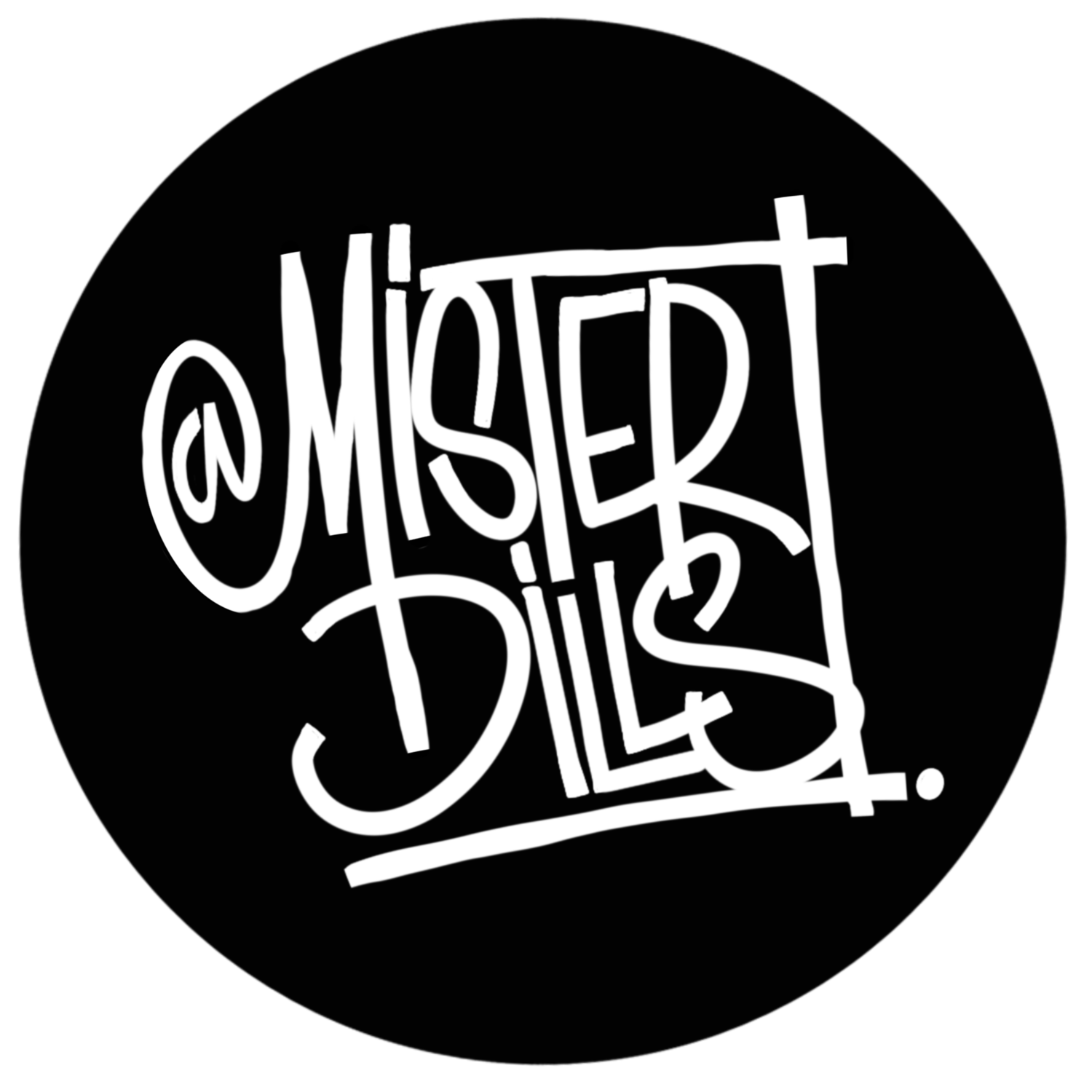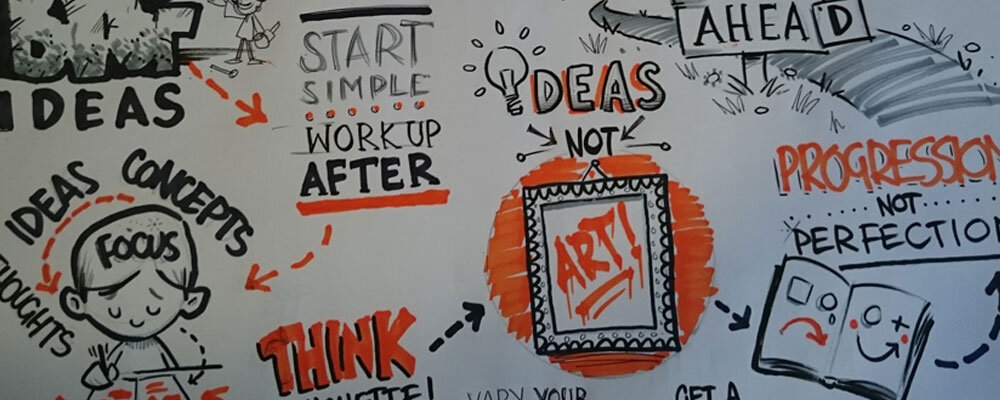Sketchnoting
Ever since I was at school I would sketch and doodle in lessons. It was a habit I took with me in to the workplace too. If I was entering in to a meeting I would always take a pencil and notebook, like most people. But at the end there could be all manner of images and doodles and, quite often, no real tangible ‘notes’.
It was only later in my thirties that I cam across the term ‘Sketchnoting’ and, after reading up about it, I realised I had been using these techniques all my life.
The idea around Sketchnoting is taking notes by creating a visual map of the conversation you’re tuned in to. It’s no different really to the absent minded doodles you make when on a conference call or when you’re on hold to your utility provider… but rather than letting your mind wander freely you focus on the conversation and use those doodles to augment your note taking and create a visual map.
The evidence is there to suggest that by combining the doodles and notes gives you a considerable advantage in terms of absorbing information. The art of Sketchnoting activates both verbal and visual modes to capture concepts and ideas. ‘Your whole brain becomes absorbed in hearing, synthesizing and seizing ideas’ as Mike Rohde, author of The Sketchnote Handbook, puts it. Distractions melt away and you become solely focussed on the task in hand.
There is all sorts of evidence the support the further advantages of sketchnoting.
In a professional capacity it will allow you to focus on the big ideas in the room and the intense concentration required ensures that you absorb more information than through traditional methods.
As a leader it also gives you an opportunity to create and share interesting and engaging information to share with your peers… no more death by powerpoint. Just clear, precise information in bite size chunks augmented by engaging graphics.
As a parent it is a wonderful tool to encourage your kids to adopt and use alongside their curriculum based work.
But best of all it encourages growth. Lots of times artists get told ‘I wish I had your gift’ like it was something rare bestowed upon a blessed few. Of course some artists throughout history might have been innately gifted but for the other 99% it’s just time. Time spent persevering, time spent learning, time spent failing… and most importantly, time spent failing again and again and again.
If you’re currently working from home then you’ll most likely be attending multiple meetings via your webcam. You are in the perfect environment to give this technique some time and attention and see if you can make it work for you. You can get Mike Rohde’s book from all good book shops and he has a pretty good video below which explains the concepts and ideas better than I ever could.
I think it should be shared far and wide and I hope you’ll give it a shot



